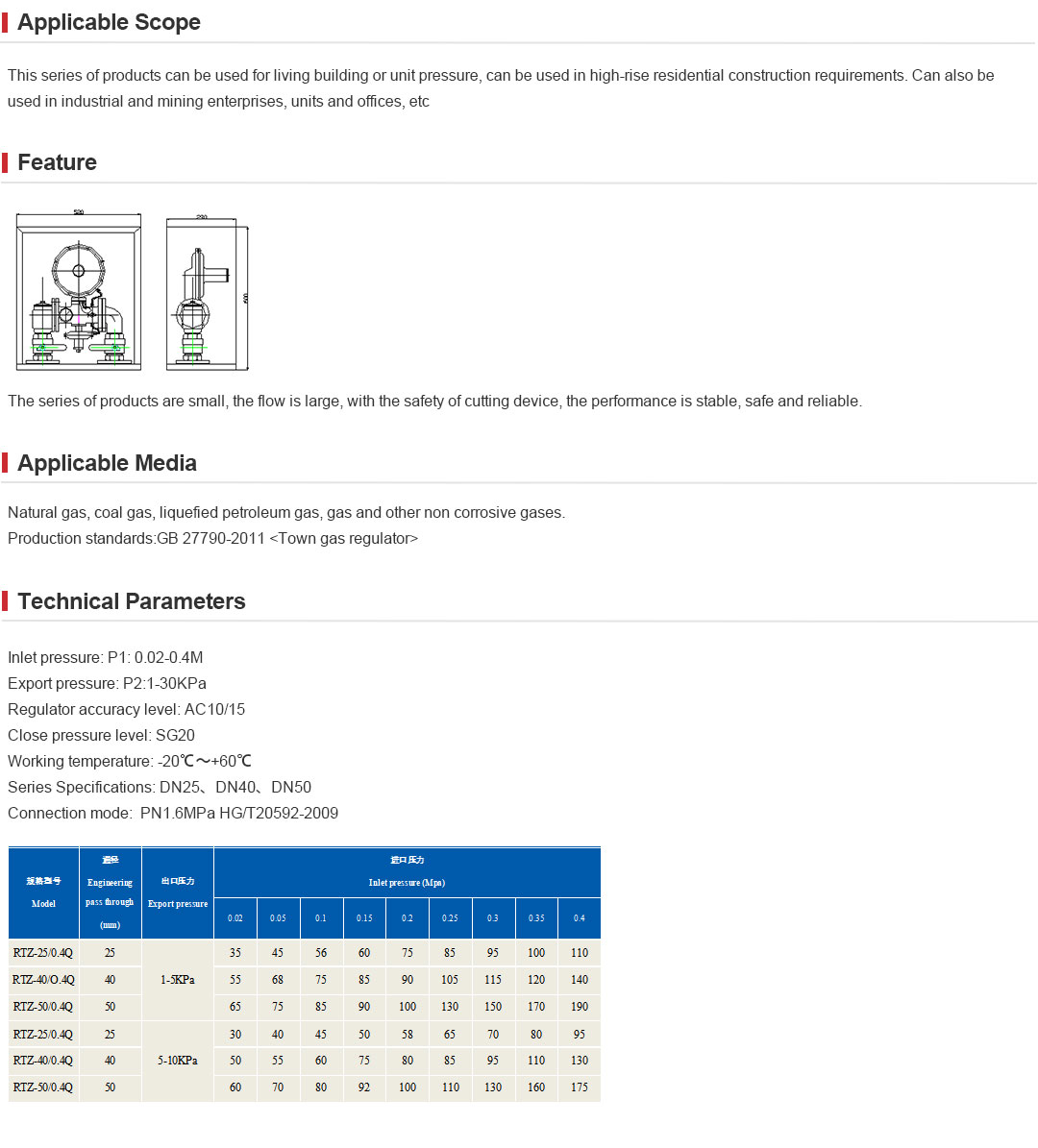
9 月 . 12, 2024 02:46
Back to list
Safety Relief Valve - Essential Solutions for Pressure Management
The Importance of Safety Relief Valves in Industrial Applications
Safety relief valves are critical components in various industrial systems, designed to prevent overpressure situations that can lead to catastrophic failures. These valves act as a safety mechanism, ensuring that pressure within containers, boilers, and piping systems remains within safe operational limits. The significance of these valves cannot be overstated, as they protect both human life and valuable equipment.
How Safety Relief Valves Work
Safety relief valves operate on a straightforward principle they automatically vent excess pressure when it reaches a predetermined level. This is typically accomplished through a spring-loaded mechanism. As pressure builds up in a system, it pushes against the valve seat. Once the pressure exceeds the set limit, the valve opens, allowing the excess pressure to escape. Once the pressure drops back to a safe level, the valve closes, returning the system to normal operation.
Applications of Safety Relief Valves
.
Types of Safety Relief Valves
صمام تنفيس الأمان

There are various types of safety relief valves tailored for specific applications. The two primary categories are safety valves and relief valves. Safety valves are generally used for gases and vapors, while relief valves are more suitable for liquids. Each type is designed to handle specific pressure ranges and fluid characteristics. Additionally, there are also pilot-operated relief valves and balanced bellows safety valves, each offering unique advantages depending on the application requirements.
Maintenance and Testing
The effectiveness of safety relief valves depends greatly on proper maintenance and testing. Regular inspections are crucial to ensure that these valves operate correctly. Maintenance tasks may include cleaning, replacing worn parts, and performing functional tests. It is particularly important to adhere to manufacturers’ guidelines regarding testing intervals; many industries mandate periodic testing to comply with safety regulations. Failure to do so can result in valves not functioning correctly during critical situations, leading to severe consequences.
Regulatory Compliance
The use of safety relief valves is heavily regulated in many industries. Organizations such as the American Society of Mechanical Engineers (ASME) and the Occupational Safety and Health Administration (OSHA) set stringent guidelines for their design, installation, and maintenance. Compliance with these standards is not only necessary for safety but also for legal liability. Companies that neglect these regulations can face significant fines and legal repercussions, in addition to the potential harm to employees and the environment.
Conclusion
In summary, safety relief valves are indispensable components in maintaining the safety and integrity of industrial systems. Their ability to alleviate excess pressure protects equipment and, most importantly, lives. Regular maintenance, adherence to regulatory standards, and a thorough understanding of the specific application are vital for ensuring their reliable operation. As industries continue to evolve and expand, the importance of safety relief valves will only increase, highlighting the ongoing need for safety measures in all facets of industrial operations.
Latest news
-
Unlocking The Quality Gas Pressure ReducersNewsNov.01,2024
-
The Role of Gas Pressure Reducing StationsNewsNov.01,2024
-
The Importance and Functionality of Safety Relief ValvesNewsNov.01,2024
-
The Essential Role of Safety Valves in Natural Gas ApplicationsNewsNov.01,2024
-
The Essential Role of Gas Pressure RegulatorsNewsNov.01,2024
-
Enhance Your Premium Gas FiltersNewsNov.01,2024

